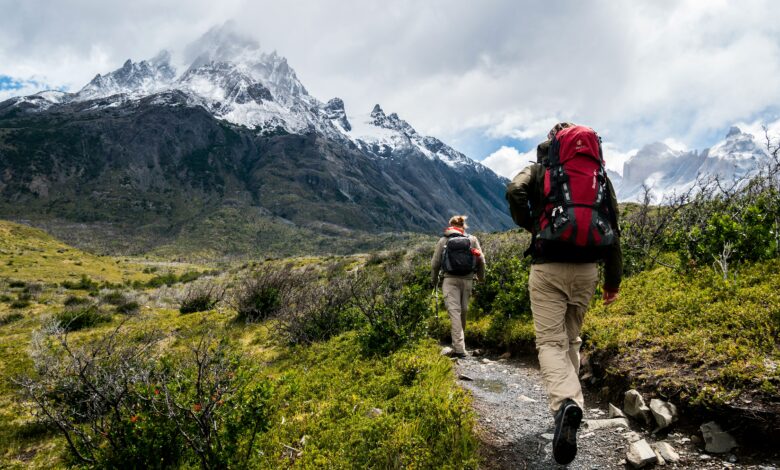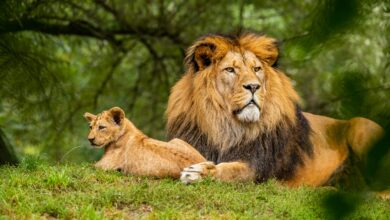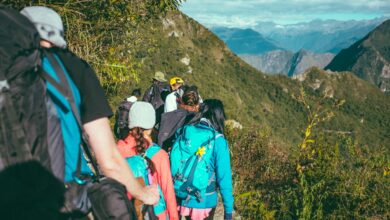GENERAL
Discover the World Through Trekking & Hiking Tourism: A Journey Beyond the Map

In a world dominated by fast-paced travel and curated experiences, Trekking & Hiking Tourism offers something refreshingly raw and real. It’s not just about reaching a destination—it’s about the rhythm of your footsteps, the stories whispered by mountain winds, and the quiet thrill of conquering a trail.
Whether you’re navigating the alpine meadows of Himachal, tracing ancient pilgrimage routes in Uttarakhand, or exploring volcanic ridges in Indonesia, trekking and hiking tourism invites you to slow down, breathe deeply, and connect with nature on its own terms.
🥾 Why Choose Trekking & Hiking Tourism?
This form of travel isn’t just for hardcore adventurers—it’s for anyone seeking authenticity, challenge, and perspective. Here’s why it’s gaining traction globally:
- Immersive exploration: You experience landscapes intimately, not through a car window.
- Sustainable travel: Low-impact tourism that respects ecosystems and local cultures.
- Mental reset: Nature therapy at its finest—great for stress relief and mindfulness.
- Cultural connection: Many trails pass through villages, temples, and heritage sites.
🌍 Top Destinations for Trekking & Hiking Tourism
From beginner-friendly trails to high-altitude expeditions, here are some iconic spots that define trekking and hiking tourism:
1. Valley of Flowers, Uttarakhand
A UNESCO World Heritage Site, this trek offers a surreal burst of alpine blooms, glaciers, and spiritual serenity. Best visited between July and September.
2. Hampta Pass, Himachal Pradesh
Perfect for first-time trekkers, this trail transitions from lush Kullu valleys to the stark beauty of Lahaul. Expect dramatic landscapes and cozy campsites.
3. Mount Rinjani, Indonesia
A volcanic trek with crater lakes, hot springs, and panoramic views. It’s challenging but deeply rewarding.
4. Cinque Terre Trails, Italy
For those who prefer coastal charm, these cliffside paths connect colorful villages with sea views and vineyard stops.
5. Torres del Paine, Chile
Patagonia’s crown jewel—glaciers, granite towers, and wildlife await on multi-day hikes through pristine wilderness.
🧭 Types of Trekking & Hiking Tourism
Depending on your fitness level and travel goals, here are some popular formats:
| Type of Trek/Hike | Ideal For | Highlights |
| Day Hikes | Casual travelers | Short trails, scenic viewpoints, easy access |
| Multi-Day Treks | Adventure seekers | Camping, altitude variation, immersive nature |
| Pilgrimage Routes | Spiritual travelers | Cultural depth, temples, rituals |
| Guided Group Treks | Beginners or solo travelers | Safety, shared experience, expert insights |
| Luxury Hiking Tours | Premium travelers | Boutique stays, gourmet meals, curated trails |
🌿 Experiences That Elevate Your Trek
To make your trekking & hiking tourism journey unforgettable, consider adding:
- Local homestays: Share meals and stories with mountain families.
- Nature journaling: Document flora, fauna, and personal reflections.
- Photography walks: Capture golden hours, misty trails, and candid moments.
- Trail clean-ups: Give back by leaving the trail better than you found it.
🧳 What to Pack for Trekking & Hiking Tourism
Here’s a quick checklist to keep your journey smooth and safe:
- Lightweight backpack with rain cover
- Trekking shoes with ankle support
- Layered clothing (base, insulation, waterproof)
- Water bottle and purification tablets
- Trail snacks (nuts, energy bars)
- First aid kit and blister care
- Headlamp or flashlight
- Navigation tools (map, compass, GPS)
📅 Best Seasons for Trekking & Hiking Tourism
Timing matters when planning your trek:
- Spring (March–May): Blooming trails, pleasant weather
- Summer (June–August): High-altitude treks open up
- Autumn (September–November): Clear skies, vibrant foliage
- Winter (December–February): Snow treks for the bold and prepared
🌱 Responsible Trekking Tips
Trekking & hiking tourism thrives on respect—for nature, locals, and fellow travelers. Here’s how to be a responsible trekker:
- Stick to marked trails to avoid damaging flora
- Carry reusable gear and avoid single-use plastics
- Support local guides and businesses
- Leave no trace—pack out all waste
- Respect wildlife and avoid loud noises




